Since the launch of the Capri line in 1958 Rickenbacker has referred to some guitars as “Deluxe”. Sometimes the “other” or “non-Deluxe” models are referred to as “Standard”, and sometimes they get no adjective at all. Sometimes over the years the literature hasn’t necessarily called out a model as being “Deluxe”, but its description calls out “with Deluxe features”. So clearly it’s a thing, even if the same language isn’t always used. So what makes a guitar “Deluxe”?
Here’s the thing: if I give you a list of features and say “a guitar must have ALL of these features to be considered “Deluxe”, we’d exclude a lot of models that ARE considered Deluxe. And if I said “a guitar must have at least ONE of these features to be considered “Deluxe”, we’d get a bunch of false positives. So let’s see if we can come up with a good rule of thumb as to what makes a guitar “Deluxe”, okay?
So here is a list of features commonly found on “Deluxe” guitars through the years that are NOT usually found on “Standard” guitars:
A bound body. Front or back or both.

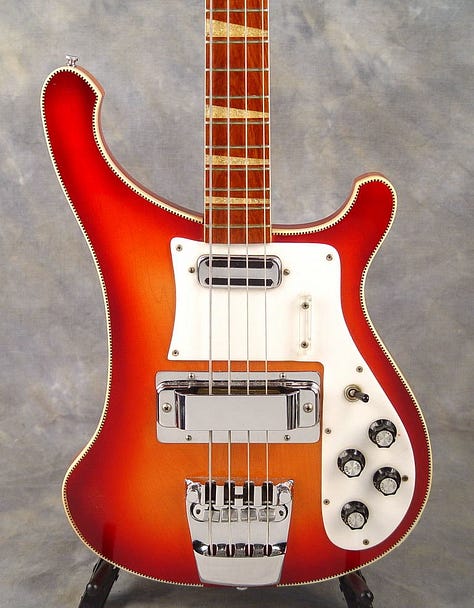
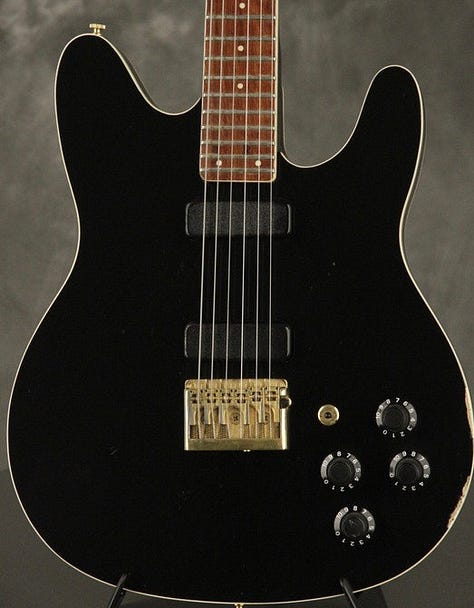
Bound 360OS, 4001, 250 A bound neck.
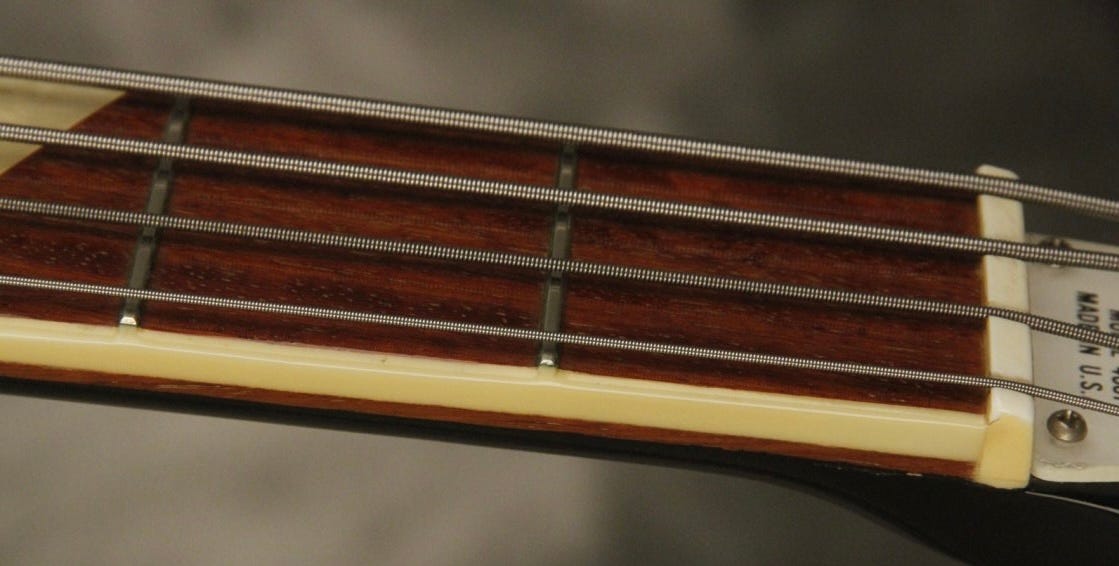
Triangle position markers.
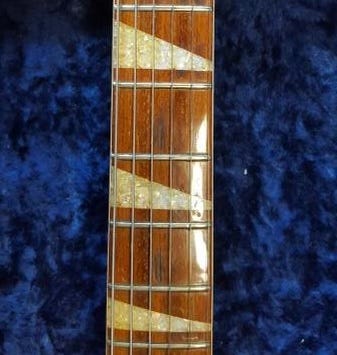
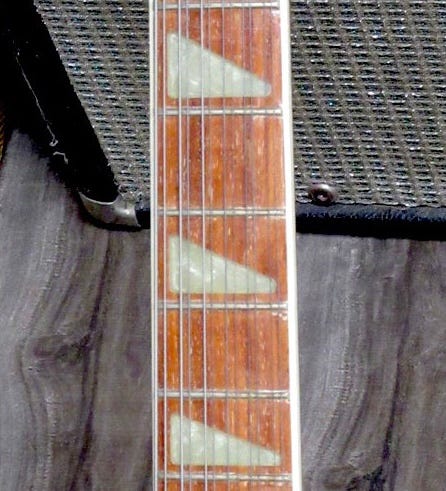

1960s crushed pearl; 1970s poured resin; 2010s acrylic Rick-O-Sound stereo wiring.
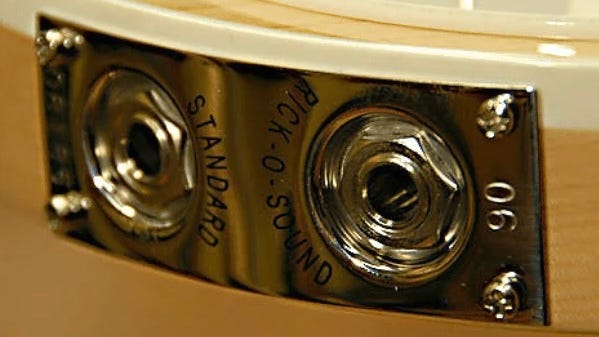
Rick-O-Sound mono/stereo output jacks Gold hardware

None of these appear on all “Deluxe” models. Two of them (bound bodies and bound necks) appear on at least one non-Deluxe models. So what’s the rule?
I could differentiate between “legacy” models and “modern” models, but that’s just overcomplicating things. Let’s make it simple: gold hardware is always “Deluxe”, and any guitar that has at LEAST two from the list of bound body/bound neck/triangle inlays/stereo wiring is “Deluxe”. It’s that simple. And now you know!



